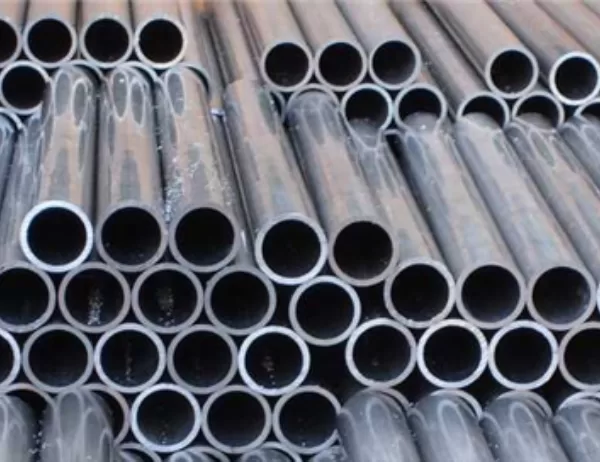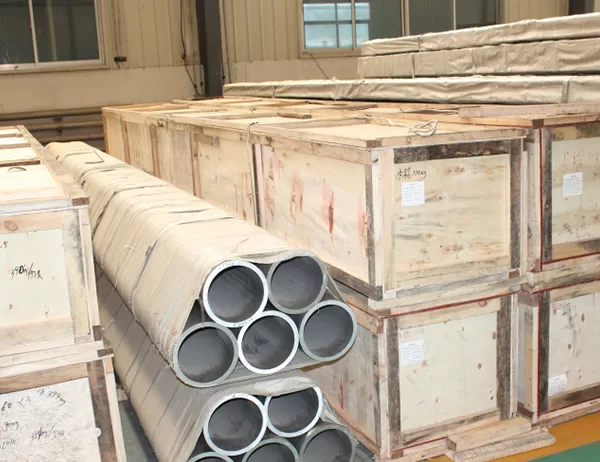The rapid development of the solar industry has led to increased demand for solar aluminum profiles, which are essential components of photovoltaic modules. However, the environmental impact of these profiles throughout their lifecycle, from production to end-of-life, must be carefully considered to ensure sustainable solar energy.
Manufacturing and Energy Consumption
The production of solar aluminum profiles involves several energy-intensive processes, including mining of raw materials, refining of aluminum, and extrusion into profiles. Mining activities can disturb natural ecosystems and pollute water sources, while the refining process requires large amounts of electricity. Extrusion also consumes significant energy. These processes contribute to greenhouse gas emissions and air pollution, which impact climate change and public health.
Material Extraction and Waste
The primary raw material for solar aluminum profiles is aluminum ore, which is mined from bauxite deposits. Mining operations can create large waste piles, disrupt biodiversity, and deplete natural resources. Additionally, aluminum production generates significant amounts of hazardous waste, such as spent alumina and red mud, which can contaminate the environment if not properly disposed of or recycled.
Recycling and End-of-Life
End-of-life management of solar aluminum profiles presents both challenges and opportunities. Aluminum is a valuable material that can be recycled, reducing the need for mining and conserving natural resources. However, the recycling process for solar aluminum profiles can be complex and energy-intensive due to the presence of other materials in the modules. Developing efficient and cost-effective recycling technologies is crucial to minimize the environmental footprint and maximize resource recovery.
Embodied Energy and Greenhouse Gas Emissions
Throughout their lifecycle, solar aluminum profiles embody a significant amount of energy and contribute to greenhouse gas emissions. The embodied energy includes the energy used in mining, refining, transportation, manufacturing, and installation. The greenhouse gas emissions associated with these processes include carbon dioxide, methane, and nitrous oxide, which contribute to global warming and climate change.
Mitigation Strategies and Sustainable Practices
To mitigate the environmental impact of solar aluminum profiles, several strategies can be employed:
– Use of recycled aluminum: Incorporating recycled aluminum into profiles reduces the need for mining and primary production, significantly lowering energy consumption and greenhouse gas emissions.
– Efficient manufacturing processes: Optimizing manufacturing processes to reduce energy consumption and waste generation can minimize the environmental footprint.
– Improved recycling technologies: Developing advanced recycling technologies that can efficiently separate and recover aluminum from solar modules is essential to promote circularity and reduce environmental impacts.
– Extended lifespan and reuse: Extending the lifespan of solar aluminum profiles through proper maintenance and repair practices can reduce the need for frequent replacements and associated environmental impacts.
– Proper disposal and waste management: Responsible disposal and recycling of decommissioned solar aluminum profiles can prevent environmental pollution and optimize resource recovery.
Conclusion
The environmental impact of solar aluminum profiles requires careful consideration for the sustainable development of the solar industry. By implementing mitigation strategies, adopting sustainable practices, and promoting responsible end-of-life management, we can minimize the environmental footprint and maximize the benefits of solar energy. Embracing a circular economy approach, where materials are reused and recycled, will be crucial for achieving a sustainable future for solar energy.




